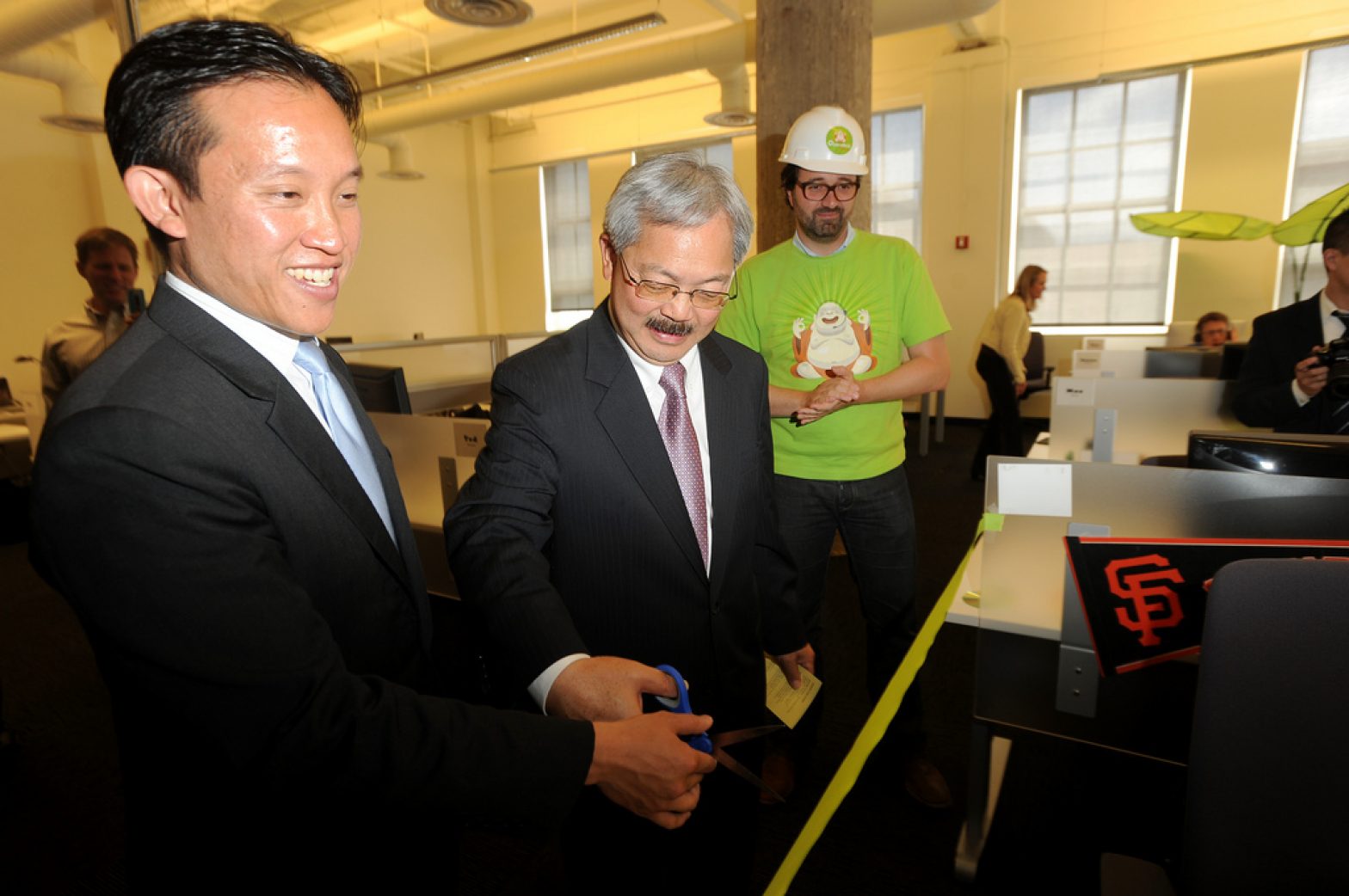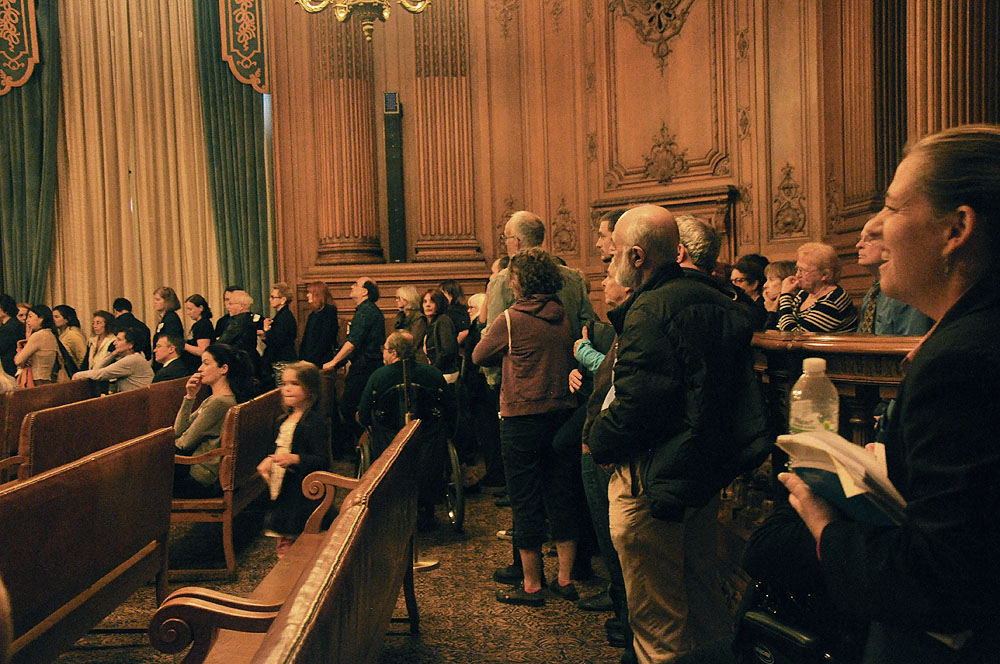News
Building Strong School Communities Through Restorative Practices
By Jen Chien, KALW Crosscurrents
In October, a group of students from the 100% College Prep Club in the Bayview district marched into the San Francisco Unified School District board meeting. They were protesting suspensions for “willful defiance” – a vague term that in practice can encompass everything from talking back to a teacher to wearing a hat indoors. About a quarter of all suspensions in the district were for “disruption or defiance” last school year, and “willful defiance” infractions are the cause of 53% of suspensions statewide. AB420, a state bill to limit these kinds of suspensions, has made it through the Assembly, but has not yet been signed by the governor. But the district has already made changes.









